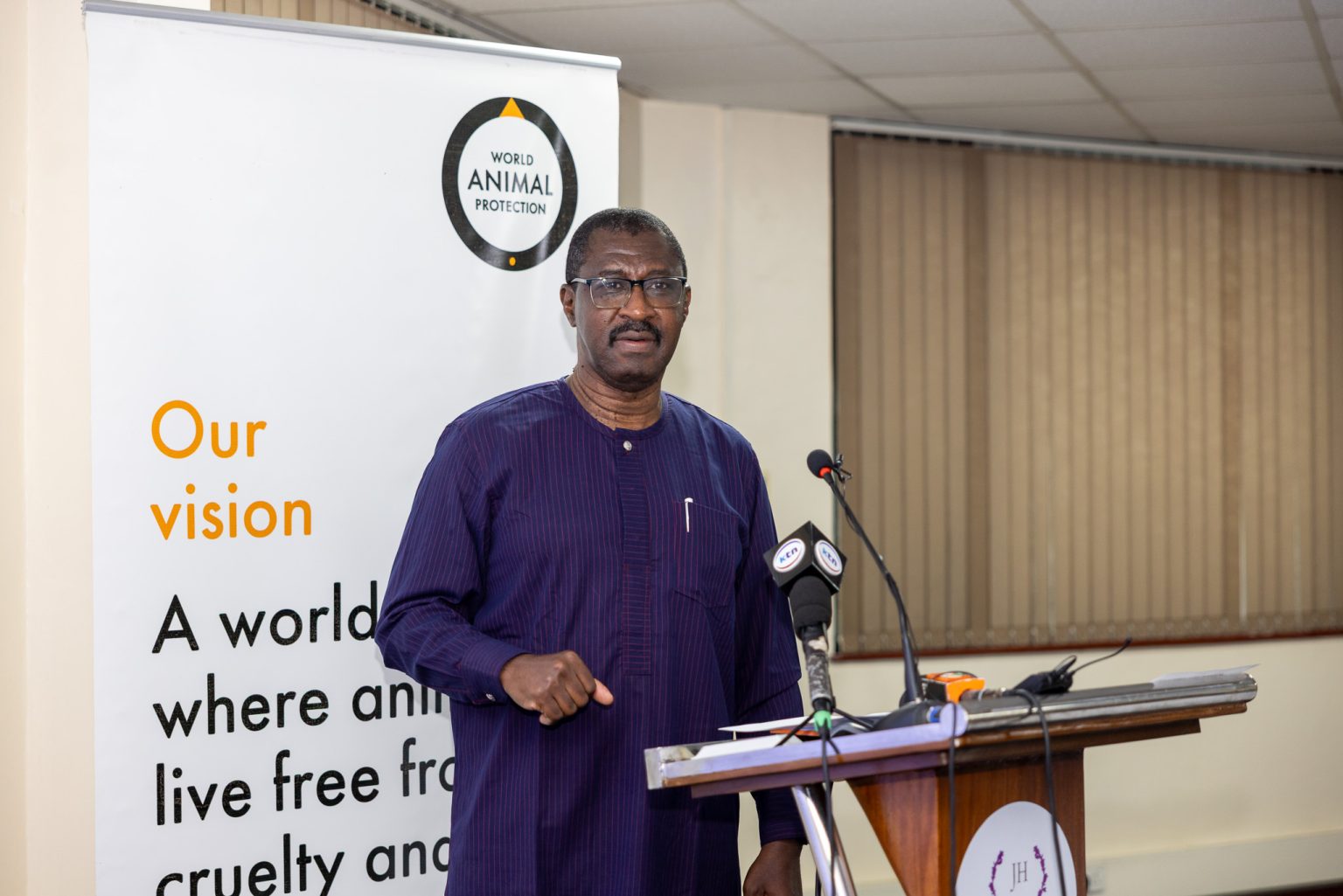By Lenah Bosibori
World Animal Protection has raised an alarm over the rise of commercial wildlife farming in Kenya, warning that the practice is cruel, unsustainable, and a serious threat to biodiversity, animal welfare, and the country’s global reputation as a conservation leader.
Speaking in Nairobi during the launch of a new report titled Behind Bars: Lifting the Lid off Kenya’s Cruel Wildlife Farming, Tennyson Williams, the organization’s Director for Africa, said that instead of wildlife farms protecting wildlife, they promote commodification, treating sentient beings as mere profit-generating assets.
“While often presented as a solution for sustainable use and economic gain, commercial wildlife breeding in Kenya is riddled with cruelty, ecological damage and illegal exploitation, said Williams. “The situation is dire; unless action is taken now, sadly, Kenya’s rich natural heritage will suffer irreversible damage.
Williams further noted that there is a rise in wildlife farming in Kenya. “Wildlife farming involves breeding wild animals in captivity for commercial purposes such as tourism, the pet trade, and the use of animal parts in medicine.”
The report exposes shocking conditions in which wild animals are captured, bred, and exploited for profit. Investigations identified at least 55 wildlife farming facilities across Kenya, with nearly three-quarters privately owned. However, the farms did not have an online presence showing the physical locations or directions, something raised an alarm.
“Our business is to support the efforts of governments to make the world a better place. We take an unapologetic position that all animals, without exception, deserve a good life. Wildlife belongs in the wild,” Williams said.
While public facilities mostly focus on conservation and education, 11 private venues were breeding wild animals for commercial purposes, four of which also offered direct visitor interactions such as feeding giraffes, posing for selfies with snakes, ostrich riding, and even harvesting tortoises from the wild.
“We found widespread animal visitor interactions, including feeding giraffes,” noted Dr Patrick Muinde, research manager at World Animal Protection. “Posing selfies with snakes, bear handling of birds, ostrich riding and harvesting of tortoise from the wild.”
The report also noted that many farms keep animals in cramped enclosures, with untreated wounds, parasite infestations, and no access to veterinary care. Some animals showed severe stress behaviors such as pacing, over-grooming, and self-mutilation.
The report also linked wildlife farming to illegal trade, with some operators capturing wild animals to boost breeding stocks. Species like tortoises were found to be particularly at risk, trafficked into the pet trade.
Public health risks were also highlighted, with crowded and unsanitary farms described as breeding grounds for zoonotic diseases, those that can jump from animals to humans. “The COVID-19 pandemic was a wake-up call. Kenya must act now to prevent future outbreaks.
“We want the Kenyan government to undertake an independent comprehensive audit of these facilities, because we believe that will be the starting point for us to actually know,” said Edith Kabesiime, wildlife campaign manager at World Animal Protection.
Williams further called for an immediate government ban on commercial wildlife farming, enforcement of stricter regulations against illegal trade, and stronger promotion of genuine conservation-based tourism.
“Kenya’s tourism thrives on wild animals roaming freely in natural habitats. Allowing wildlife farming could undermine this billion-shilling industry and the thousands of jobs it supports,” the report stated.
The organization also urged the public to reject captive wildlife interactions such as petting and feeding, which often mask hidden cruelty.
“Ethical tourism generates long-term economic benefits without compromising animal welfare,” Williams said.




